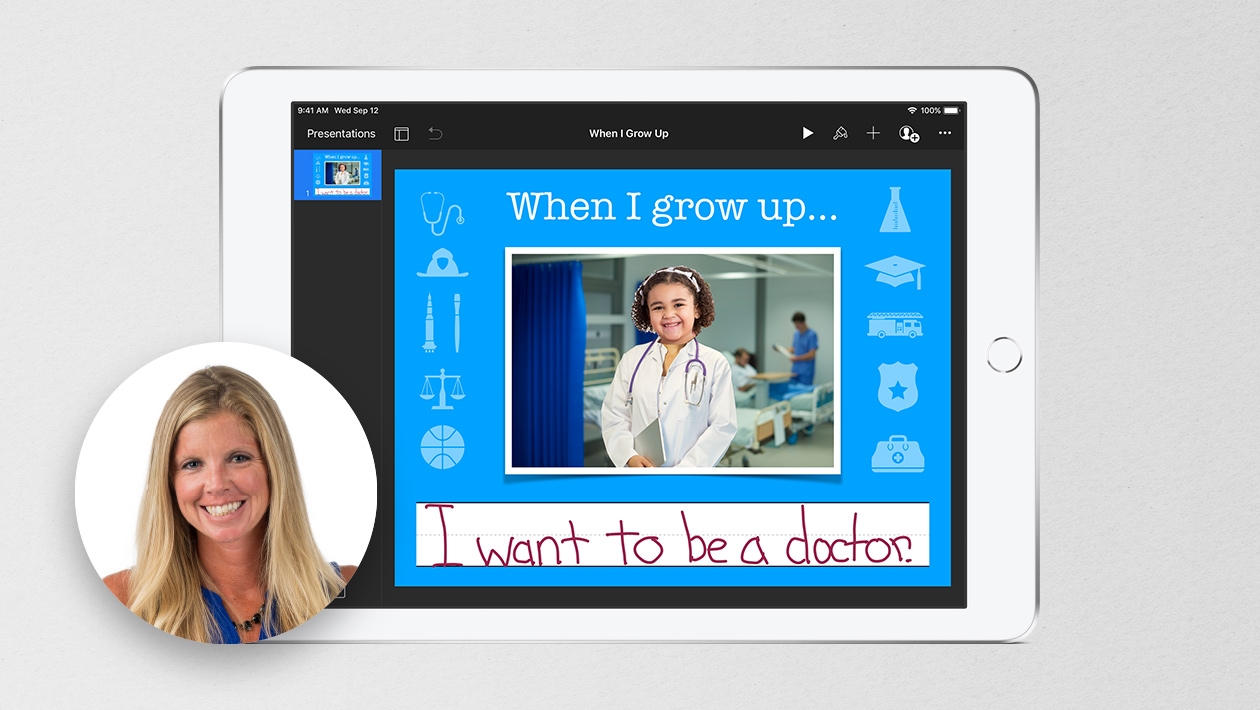The design thinking process can be used to encourage problem-solving, critical thinking, and collaboration among students and can be incorporated into various subjects and projects, across different disciplines. It is used where a need or opportunity is identified and a design solution is developed. As an example, students could create solutions to reduce waste at their school which promotes sustainability.
It is a non-linear process which can boost creativity and innovation in your students. This journal has utilises 5 steps which is the model proposed by Hasso-Plattner Institute of Design at Stanford: Empathise, Define, Ideate, Prototype and Test.
The journal can be adapted to suit the particular need of the project, whilst building skill in using technology creatively.
For more information on the process, please see here: https://web.stanford.edu/~mshanks/MichaelShanks/files/509554.pdf











May 28, 2023 . English
English
This is a wonderful design thinking journal - thorough, and colorful! I love this process for getting students involved in problem solving and critical thinking.
Our district has been to the d school at Stanford and participated in this process. I love how you have taken the process and provided a journal to guide learners. The “add audio” place marks are a fantastic touch!
This action is unavailable while under moderation.
This action is unavailable while under moderation.